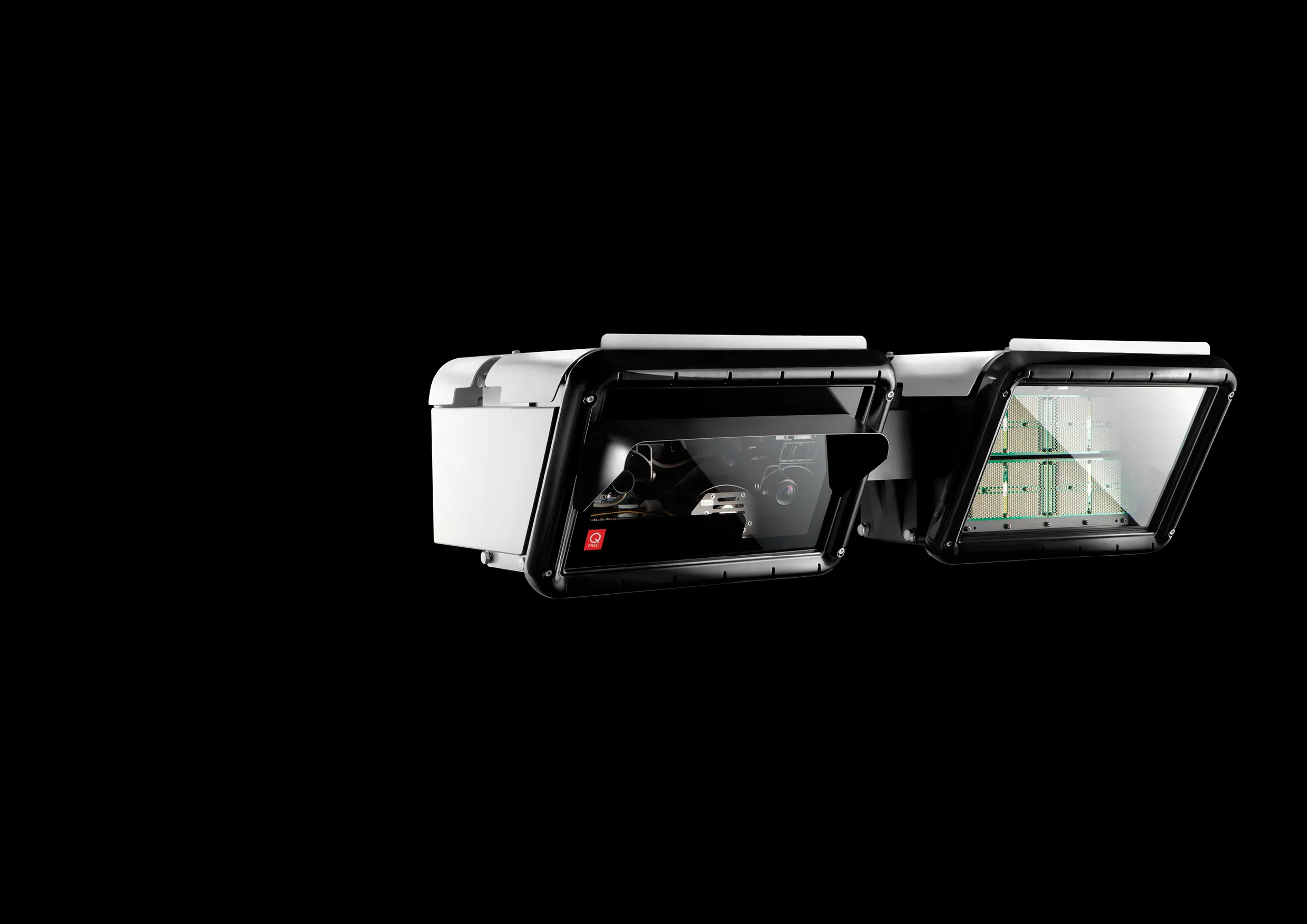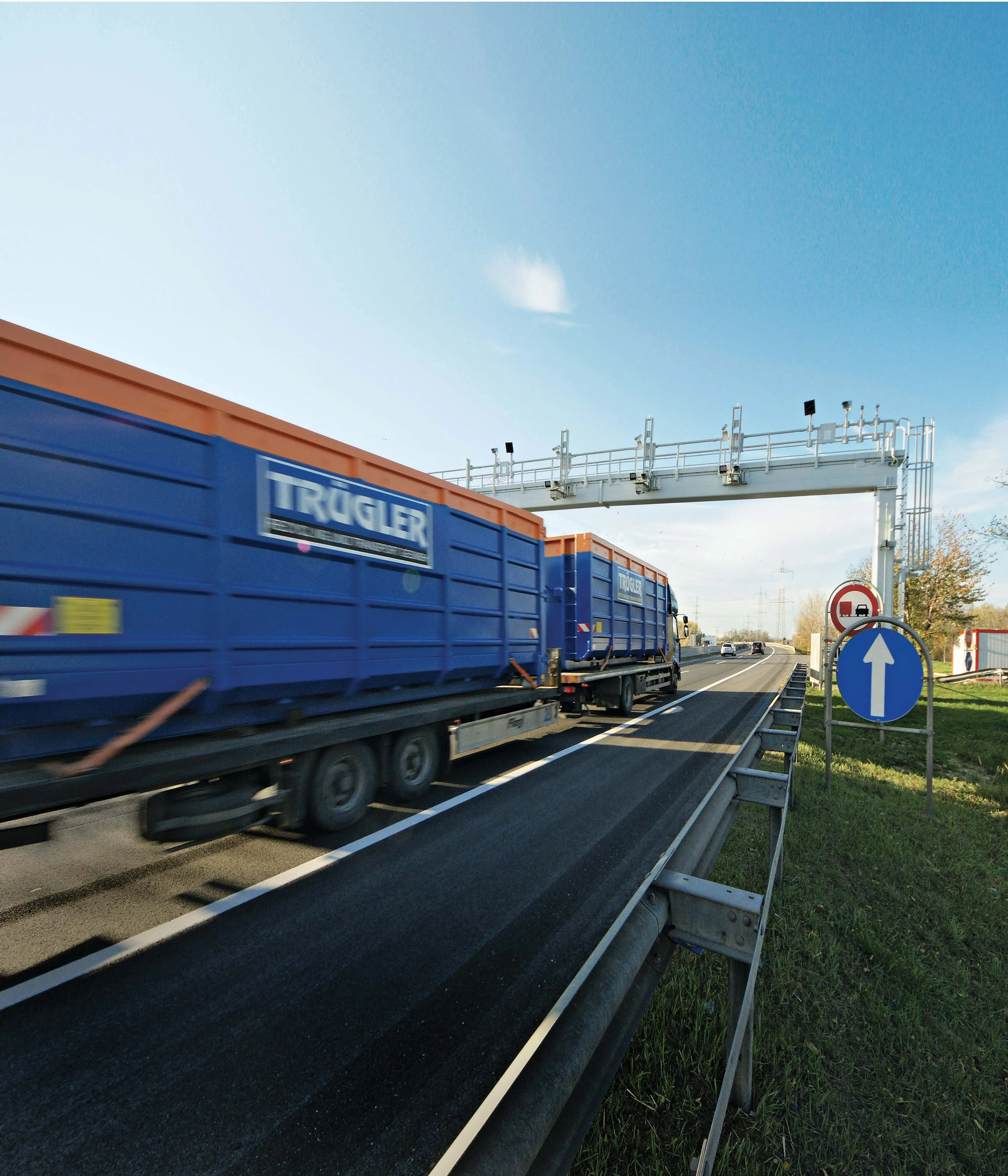As part of the Ecotaxe toll project, Siemens is supplying service operators Eurotoll and Total with On-Board-Units worth €50 million (US$65.14 million). The project involves introducing a toll based on road performance for HGVs above 3.5tonnes on France's national highways. Production of the On-Board-Units began in Orleans in February this year. The operator écomouv is setting up a new service based on the Global Navigation Satellite System (GNSS), as well as the required infrastructure for the new toll in
April 24, 2013
Read time: 2 mins
As part of the Ecotaxe toll project, 1134 Siemens is supplying service operators 5812 Eurotoll and Total with On-Board-Units worth €50 million (US$65.14 million). The project involves introducing a toll based on road performance for HGVs above 3.5tonnes on France's national highways. Production of the On-Board-Units began in Orleans in February this year.
The operator écomouv is setting up a new service based on the Global Navigation Satellite System (GNSS), as well as the required infrastructure for the new toll in France. Siemens is supplying Eurotoll and Total with multifunctional On-Board-Units. Siemens has expanded the existing GNSS toll solution with a new hybrid On-Board-Unit, which is compatible with both the existing microwave technology in France (Dedicated Short Range Communication DSRC) and with modern GSM/GPS-based technology. France is the first country in which multiple toll service operators share the market.
Siemens chose MSL Circuits based in Orleans to manufacture the On-Board-Units. Once all the necessary authorisations and certifications are in place the On-Board-Units will be manufactured, tested, packaged and supplied to the toll operators Eurotoll and Total. An initial test operation of the devices mounted in HGVs will begin at the end of April 2013.
Since 2010, Siemens has been developing and supplying the toll collection solution and On-Board-Units for a comprehensive satellite-based toll system in Slovakia. Further toll projects have been implemented by Siemens in London, Tel Aviv and the Seattle region of the US state of Washington.
The operator écomouv is setting up a new service based on the Global Navigation Satellite System (GNSS), as well as the required infrastructure for the new toll in France. Siemens is supplying Eurotoll and Total with multifunctional On-Board-Units. Siemens has expanded the existing GNSS toll solution with a new hybrid On-Board-Unit, which is compatible with both the existing microwave technology in France (Dedicated Short Range Communication DSRC) and with modern GSM/GPS-based technology. France is the first country in which multiple toll service operators share the market.
Siemens chose MSL Circuits based in Orleans to manufacture the On-Board-Units. Once all the necessary authorisations and certifications are in place the On-Board-Units will be manufactured, tested, packaged and supplied to the toll operators Eurotoll and Total. An initial test operation of the devices mounted in HGVs will begin at the end of April 2013.
Since 2010, Siemens has been developing and supplying the toll collection solution and On-Board-Units for a comprehensive satellite-based toll system in Slovakia. Further toll projects have been implemented by Siemens in London, Tel Aviv and the Seattle region of the US state of Washington.








